Tomatoes in 4 gallon pots
drew51 SE MI Z5b/6a
10 years ago
Related Stories

EDIBLE GARDENSSummer Crops: How to Grow Tomatoes
Plant tomato seedlings in spring for one of the best tastes of summer, fresh from your backyard
Full Story
COLOR10 Reasons to Make a Splash With Tomato Red
You won’t duck at these tomatoes. See how bold red shades can play up architecture, light up a dark spot and add drama
Full Story
LIFEKitchen Traditions: Tomato Season Meets a Family Legacy
Somewhere a Sicilian great-great-grandmother is smiling at a bowl of American-made sauce
Full Story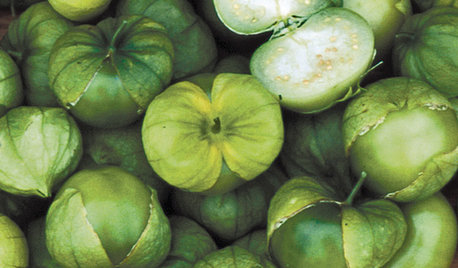
SUMMER FRUITS AND VEGETABLESSummer Crops: How to Grow Tomatillos
Grow this Mexican native for the freshest salsa verde — and for fewer problems than its tomato cousins
Full Story0

SUMMER GARDENINGHow to Grow Basil
Bright color, quick growth and endless uses for cooking make this summer annual a winner in the garden or a pot
Full Story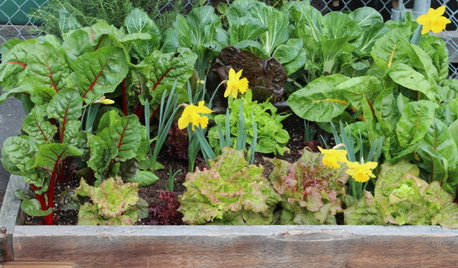
FARM YOUR YARDGrow a Kitchen Garden in 16 Square Feet
Got a sunny 4-by-4 space? You can make meals more interesting with your own vegetables and herbs
Full Story
FARM YOUR YARDHow to Grow Vegetables in Containers
Get glorious vegetables and fruits on your patio with a pro’s guidance — including his personal recipe for potting mix
Full Story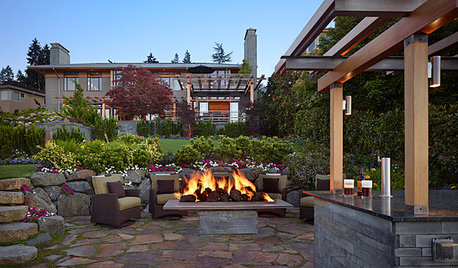
GARDENING AND LANDSCAPING4 Good Ways to Get Rid of Mosquitos in Your Yard
Stay safe from West Nile virus and put an end to irksome itches with these tools and methods for a porch, patio or yard
Full Story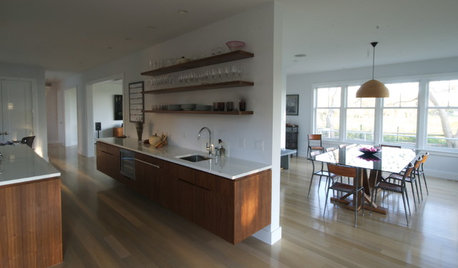
KITCHEN DESIGNThe 4 Things Home Buyers Really Want in Kitchen Cabinetry
For the biggest return on your kitchen investment, you've got to know these key ingredients for cabinetry with wide appeal
Full Story
ARCHITECTURE4 Things a Hurricane Teaches You About Good Design
When the power goes out, a home's design can be as important as packaged food and a hand-crank radio. See how from a firsthand account
Full StoryMore Discussions






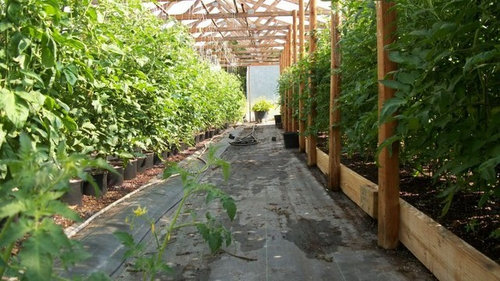


drew51 SE MI Z5b/6aOriginal Author
greenman28 NorCal 7b/8a
Related Professionals
Forest Acres Landscape Architects & Landscape Designers · River Forest Landscape Architects & Landscape Designers · Simi Valley Landscape Architects & Landscape Designers · Bethlehem Landscape Contractors · Wake Forest Landscape Contractors · Westwood Landscape Contractors · Lake Worth Landscape Contractors · Longmont Landscape Contractors · Wentzville Landscape Contractors · Maple Grove Solar Energy Systems · Wichita Window Contractors · Springfield Window Contractors · Corona Fence Contractors · Lincolnwood Fence Contractors · Wauconda Fence Contractorsseysonn
drew51 SE MI Z5b/6aOriginal Author
drew51 SE MI Z5b/6aOriginal Author
drew51 SE MI Z5b/6aOriginal Author
drew51 SE MI Z5b/6aOriginal Author
drew51 SE MI Z5b/6aOriginal Author
greenman28 NorCal 7b/8a
Ohiofem 6a/5b Southwest Ohio
tapla (mid-Michigan, USDA z5b-6a)
seysonn
tapla (mid-Michigan, USDA z5b-6a)
nil13
lathyrus_odoratus
lathyrus_odoratus
greenman28 NorCal 7b/8a
seysonn
nil13
tapla (mid-Michigan, USDA z5b-6a)
Ohiofem 6a/5b Southwest Ohio
seysonn
seysonn
TheMasterGardener1
iris_gal
TheMasterGardener1
seysonn
Ohiofem 6a/5b Southwest Ohio
tapla (mid-Michigan, USDA z5b-6a)